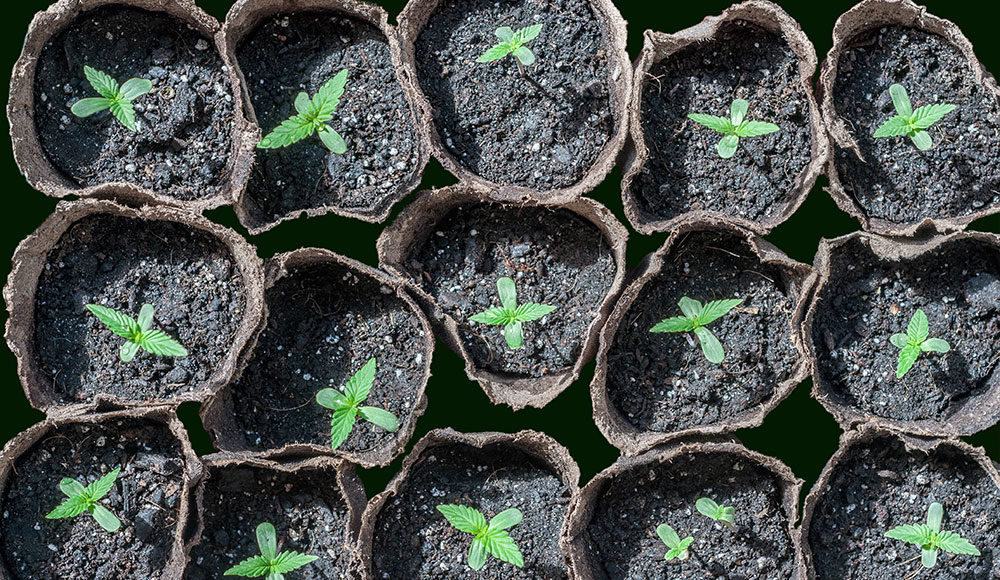Researching cannabis has always been a major challenge, mainly due to the decades of prohibition that made financing hard to come by and often placed onerous restrictions on scientists (when it wasn’t exposing them to criminal liability).
Conditions have improved greatly in recent years as state after state has legalized weed for adult use, but there’s still a long way to go before pot gets as much scientific scrutiny as it deserves.
That’s even more true for research aimed at understanding the environmental impacts of weed. Most studies examine the health effects, both positive and negative, while, according to a new study, not even 1% of published research is focused on environmental factors.
The study got a bit of attention last week for its conclusion that growing pot indoors can emit 50 times more greenhouse gasses than outdoor cultivation does. (That “can” is doing a lot of work, it should be noted: the differences often vary wildly.) That there’s a big difference between the two should come as no surprise, given that indoor cultivation uses enormous amounts of energy for lighting and climate control.
Indoor growing is often seen as producing superior weed, but that’s not always true. A big reason so much pot is grown indoors is economic; growers are better able to manage their crops indoors.
Another factor: because pot remains illegal at the federal level, interstate transport is impossible and every state is in effect an isolated market. That will change when and if pot is legalized federally, and at that point a lot more weed will be grown outdoors. At scale, the economics will be a lot better.
The researchers, from the University of Michigan and McGill University in Montreal, also found that outdoor growing is superior when it comes to soil acidification and water pollution. The study was published in the journal Agriculture Science and Technology.
The dearth of research on weed’s environmental footprint is even more stark when it comes to comparing indoor and outdoor cultivation, the researchers found. Outdoor cultivation in particular is “critically understudied,” they concluded.
Interestingly, the research focused not on flower production, which is the usual approach, but rather on the production of the various components of cannabis, including cannabinoids like THC. Those components are the real product, after all. Comparing one flower to another is almost meaningless when the plants might contain wildly different amounts of those components.
While indoor cultivation is notoriously resource-intensive, that doesn’t mean that outdoor farming can’t be problematic. Setting aside illegal operations, where the growers often don’t care about befouling waterways with pesticides and fertilizers, even the most eco-conscious weed growers are going to have an impact on the environment.
It’s also helpful to put things in perspective: so far, anyway, the cannabis industry isn’t all that big a factor in greenhouse-gas emissions. A 2018 study found that the large cannabis industry in that state was responsible for 2% of greenhouse-gas emissions. Given the relative size of the industry, that’s far from negligible, and emissions have likely grown substantially since then.
But industries like construction, other agricultural sectors, mining, and transportation are much larger emitters. Meanwhile, the tech sector’s recent focus on digital currencies (which are “mined” using enormous amounts of computing power) and artificial intelligence have increased emissions to an astonishing degree.
There hasn’t been much political pressure to increase research into the environmental impacts of weed, but one of the most conspicuous of such efforts came from a couple anti-cannabis GOP House members in 2022.
Reps. Earl “Buddy” Carter of Georgia and Doug Lamborn of Colorado, wrote a letter to the Biden administration expressing their “serious concerns regarding the energy and resource-intensive nature of marijuana cultivation.”
So far, we’ve heard nothing from either lawmaker about their serious concerns regarding the energy- and resource-intensive nature of crypto. Or, for that matter, that of cotton or corn.














